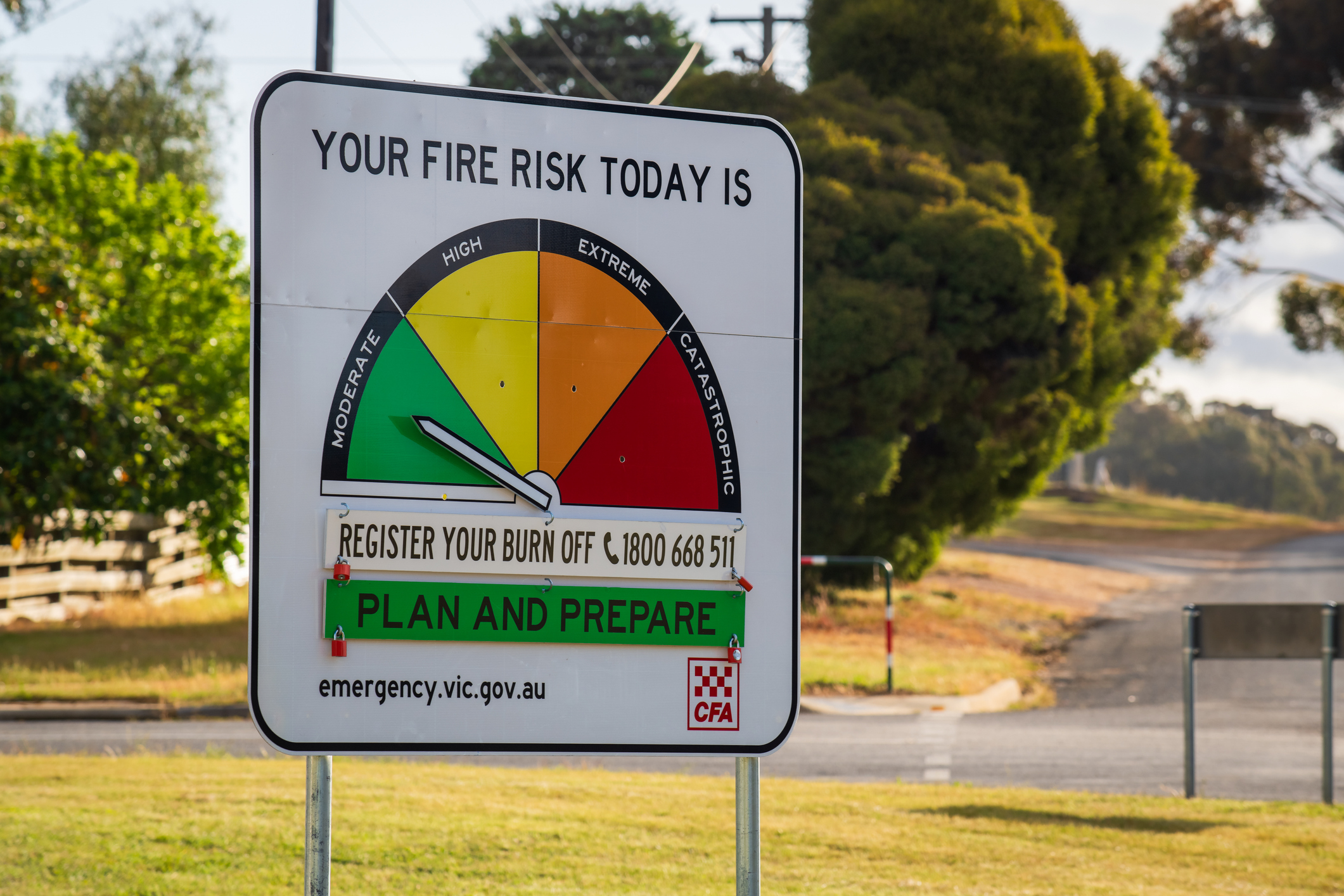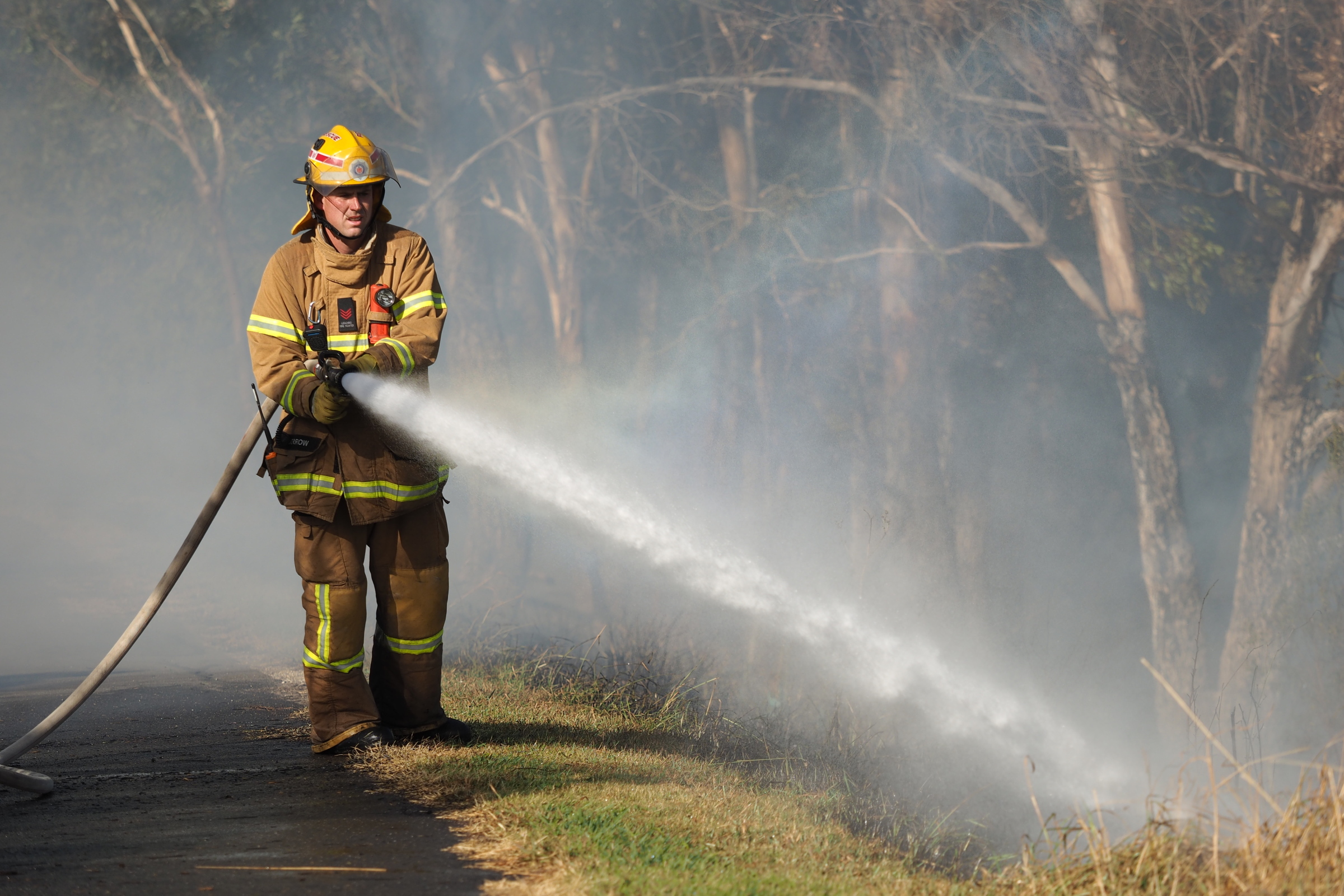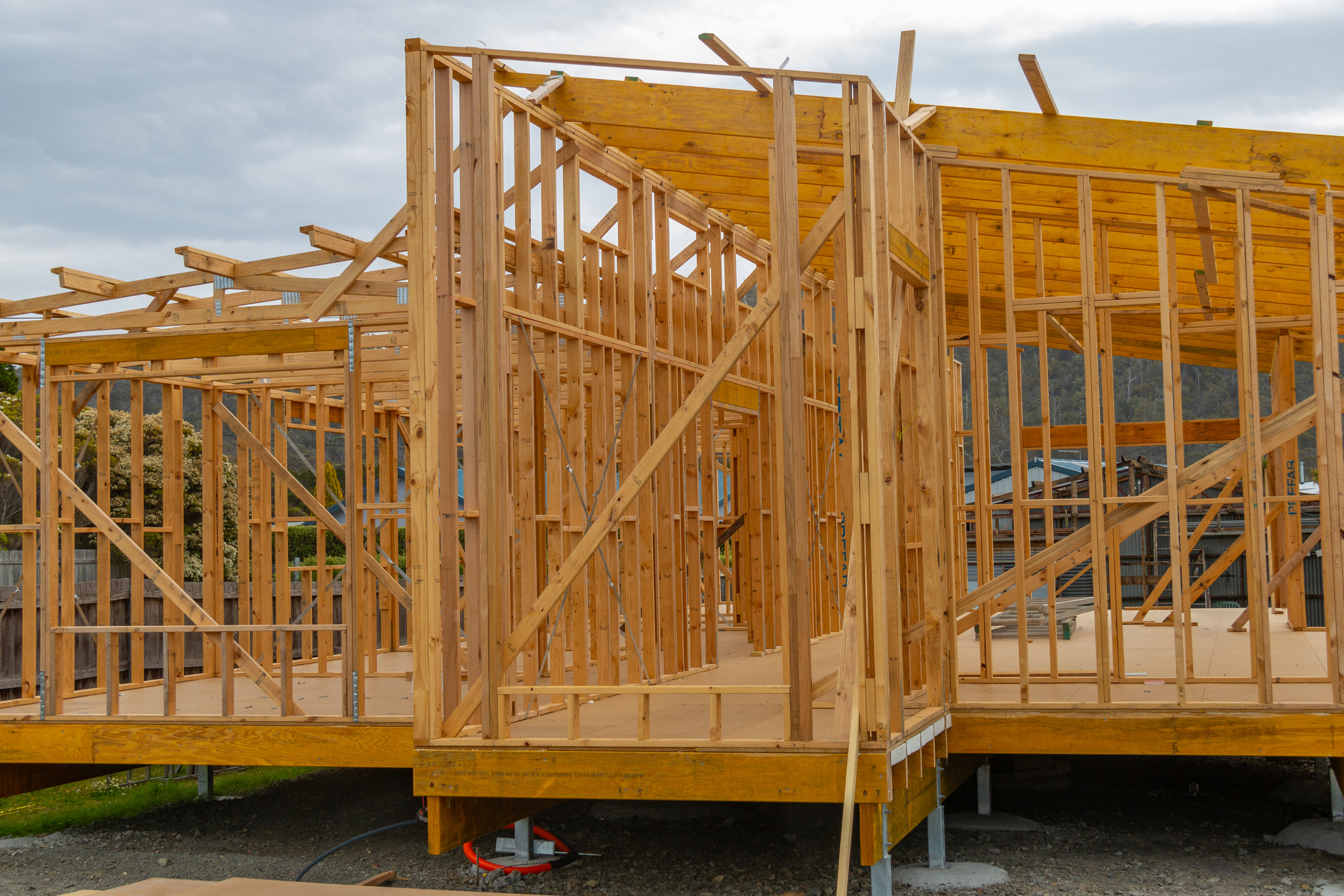While the ash from the Los Angeles fires has yet to settle, the misinformation that often follows disaster presents an opportunity to correct misconceptions and focus on meaningful solutions and next steps. The recovery of the community and ecosystem will take years, but there is an urgent issue we can address now.
Our global climate has changed. Extreme weather events—fires, floods, and other natural disasters—are more frequent and their impact is amplified through media coverage and increased social media activity. The question is: what can we do today to work toward prevention?
No words really - just a horror show. Some of the design choices we made here helped. But we were also very lucky. pic.twitter.com/kpqfiRj49M
— g chasen (@ChasenGreg) January 9, 2025
Building materials as a climate solution
A key solution lies in the materials we use in our built environment. According to the National Inventory by Economic Sector 2019, the Australian construction industry contributed approximately 2% of the nation’s direct emissions in 2019. This marks a steady rise from 1.4% in 2010 to 1.9% in 2019, highlighting the sector’s growing impact on national emissions. We know the construction industry is a major contributor to carbon emissions, and we already have time-tested and innovative materials that can reduce our environmental impact. By prioritising climate-conscious solutions, we can take meaningful steps toward more sustainable and resilient communities.

Timber is not the problem
Following the fires, the focus should be on smart, sustainable building frameworks—and timber remains a key solution. As one of the world’s oldest and most trusted building materials, timber is flexible, durable, and now more than ever, recognised as a renewable and sustainable choice. When used in accordance with modern codes, standards, and design practices, timber remains a practical and dependable material—even in bushfire-prone areas.
Bushfire-resilient timber design
"Yes, timber burns, and we understand that, but it burns in a predictable way. When it comes to bushfire design, my simple point is this: you can use timber framing at any bushfire attack level, provided you design and build it appropriately," said Boris Iskra, National Codes and Standards Manager at FWPA.
Australians are well-acquainted with the realities of bushfire, which is why Forest & Wood Products Australia (FWPA) has been at the forefront of research and development to ensure timber can be used safely and effectively in high-risk zones. By contributing to Australian Standards and building codes, FWPA has played a key role in making timber construction in bushfire areas as safe, practical, and resilient as possible. WoodSolutions, in collaboration with industry researchers and experts, has also developed comprehensive resources to support design and construction professionals in building bushfire-resilient timber-framed homes.
Proven performance in bushfire conditions
FWPA has developed test methods that ensure compliance across various bushfire attack levels, including the first full-scale flame zone roof test, now incorporated into The Australian Standard for Construction of Buildings in Bushfire-prone Areas (AS 3959). This demonstrates that timber frames perform effectively in bushfire conditions, provided they are designed and built according to the standard. AS 3959, the foundation of Australian bushfire construction, is regularly updated to integrate new research and learnings. A further revision is underway, incorporating the latest test results to continue improving bushfire resilience in building design.
The key to bushfire resilience is preventing fire from entering a structure. AS 3959 emphasises the importance of creating a secure and robust building envelope. A well-constructed external building envelope is vital for safeguarding against bushfire threats. By preventing embers, radiant heat, and flames from entering, such an envelope significantly enhances a building’s resilience. Incorporating fire-resistant materials and following building codes is essential to ensuring the durability and safety of any structure.

Homeowner tips for bushfire risk prevention
While AS 3959 provides guidelines for constructing fire-resistant buildings in bushfire-prone areas, it does not address the responsibility of homeowners in managing the surrounding environment. Even with a fire-resistant structure, poorly maintained areas around the home—such as overgrown gardens, combustible materials, and unkempt lawns—can increase the risk of bushfire damage. Homeowners should focus on maintaining clear pathways around the property and removing any potential fuel sources. This includes clearing away garden mulch, trimming overhanging branches, and moving flammable items like plastic furniture away from decks. Regularly mowing lawns and ensuring dry vegetation is cleared from the surrounding areas can also help minimise the fire risk, further protecting your home from potential bushfire threats.

Timber is a sustainable and fire-safe choice
Timber is a highly sustainable material, storing approximately 718kg of CO₂e per cubic meter, and has a lower carbon footprint than many other structural materials. Recognised within AS 3959—the Australian Standard for building in bushfire-prone areas—timber stands as a stable and reliable choice for home construction. The standard makes no distinction between different framing materials, reinforcing timber’s suitability when designed and built to code. With the right approach, timber aligns with rigorous bushfire mitigation techniques, offering both resilience and fire safety for modern, sustainable buildings.
By addressing misinformation and prioritising fact-based solutions, we can shift the conversation toward climate resilient construction. Timber, when designed and built to standard, remains a safe, sustainable, and fire-resilient choice. As we rebuild, let’s focus on informed decisions that support both community safety and a lower carbon future.
Learn more about the WoodSolutions resources on building in bushfire-prone areas.
